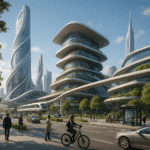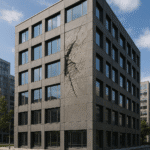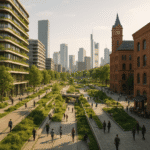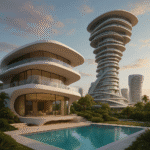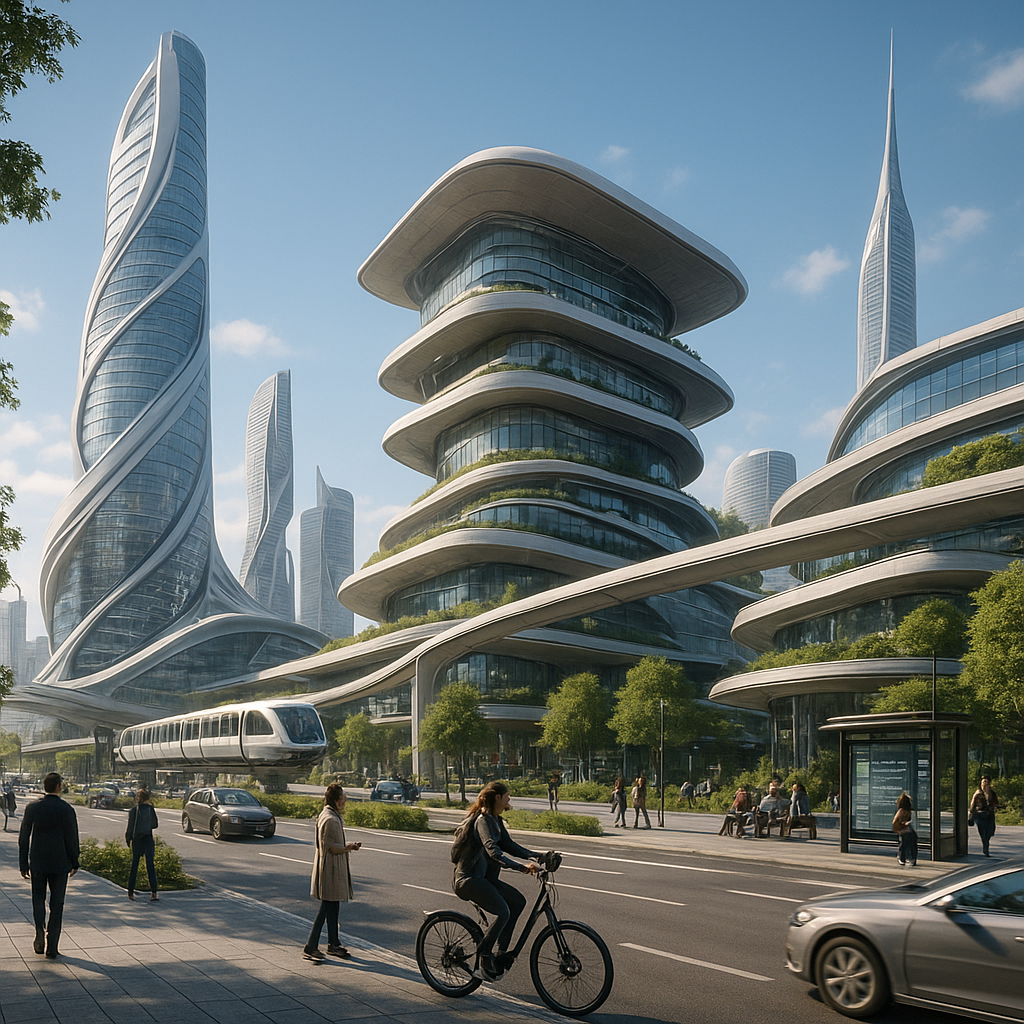Architecture Inspired by Science Fiction is a fascinating exploration of how the imaginative worlds of science fiction have influenced the design and construction of real-world buildings. This genre of architecture pushes the boundaries of traditional design, incorporating futuristic elements that challenge our perceptions of space, form, and function. As we delve into this topic, we will examine the key characteristics of futuristic architecture and explore some of the most iconic examples that have been inspired by science fiction.
Characteristics of Futuristic Architecture
Futuristic architecture is characterized by its innovative use of technology, materials, and design principles. It often incorporates elements that are not only visually striking but also functionally advanced. One of the most prominent features of this architectural style is its emphasis on sustainability and environmental integration. Architects in this field strive to create buildings that are not only aesthetically pleasing but also environmentally responsible.
Another defining characteristic of futuristic architecture is its use of cutting-edge technology. This includes the integration of smart systems that enhance the functionality and efficiency of buildings. From automated climate control systems to advanced security features, these technologies are designed to improve the quality of life for occupants while reducing the environmental impact of the building.
In terms of design, futuristic architecture often features bold, unconventional forms that challenge traditional notions of structure and space. These designs are often inspired by the imaginative worlds of science fiction, where gravity-defying structures and otherworldly landscapes are commonplace. This influence can be seen in the use of organic shapes, asymmetrical forms, and dynamic lines that create a sense of movement and fluidity.
Iconic Examples of Futuristic Architecture
One of the most iconic examples of futuristic architecture is the Eden Project in Cornwall, England. Designed by architect Nicholas Grimshaw, this complex of biomes resembles a series of giant bubbles nestled in a former clay pit. The structure is not only visually stunning but also serves a practical purpose, housing a variety of plant species from around the world. The Eden Project exemplifies the principles of futuristic architecture by combining innovative design with environmental sustainability.
Another notable example is the Marina Bay Sands in Singapore, designed by architect Moshe Safdie. This integrated resort features three 55-story towers connected by a sky park that offers panoramic views of the city. The design of Marina Bay Sands is inspired by the concept of a futuristic cityscape, with its sleek lines and cutting-edge technology. The building’s unique form and advanced engineering make it a standout example of how science fiction can inspire real-world architecture.
The Heydar Aliyev Center in Baku, Azerbaijan, designed by Zaha Hadid, is another striking example of futuristic architecture. The building’s fluid, wave-like form challenges traditional architectural conventions and creates a sense of movement and dynamism. The design of the Heydar Aliyev Center is inspired by the idea of a continuous, flowing space, reflecting the influence of science fiction on the architect’s vision.
The Influence of Science Fiction on Architectural Design
Science fiction has long been a source of inspiration for architects seeking to push the boundaries of design and explore new possibilities. The genre’s imaginative worlds and futuristic technologies provide a rich source of ideas for architects looking to create innovative and forward-thinking structures. This influence can be seen in the use of advanced materials, such as carbon fiber and smart glass, as well as in the incorporation of sustainable technologies, such as solar panels and green roofs.
One of the key ways in which science fiction has influenced architectural design is through its exploration of alternative forms and structures. In science fiction, buildings are often depicted as organic, fluid, and adaptable, challenging traditional notions of form and function. This has inspired architects to experiment with new shapes and materials, creating buildings that are not only visually striking but also functionally advanced.
Another way in which science fiction has influenced architecture is through its emphasis on technology and innovation. The genre often explores the potential of advanced technologies, such as artificial intelligence and robotics, to transform the built environment. This has inspired architects to incorporate these technologies into their designs, creating buildings that are not only aesthetically pleasing but also technologically advanced.
The Future of Futuristic Architecture
As we look to the future, it is clear that the influence of science fiction on architecture will continue to grow. With advances in technology and materials, architects will have even more tools at their disposal to create innovative and forward-thinking designs. The integration of smart systems and sustainable technologies will become increasingly important, as architects strive to create buildings that are not only visually striking but also environmentally responsible.
In the coming years, we can expect to see even more bold and unconventional designs that challenge traditional notions of form and function. Architects will continue to draw inspiration from the imaginative worlds of science fiction, exploring new possibilities for the built environment. As we move into the future, the line between science fiction and reality will continue to blur, as architects push the boundaries of what is possible in the world of design.
In conclusion, Architecture Inspired by Science Fiction is a fascinating exploration of how the imaginative worlds of science fiction have influenced the design and construction of real-world buildings. This genre of architecture pushes the boundaries of traditional design, incorporating futuristic elements that challenge our perceptions of space, form, and function. As we have seen, the influence of science fiction on architecture is profound and far-reaching, inspiring architects to create innovative and forward-thinking designs that are not only visually striking but also environmentally responsible. As we look to the future, it is clear that the influence of science fiction on architecture will continue to grow, as architects explore new possibilities for the built environment.

